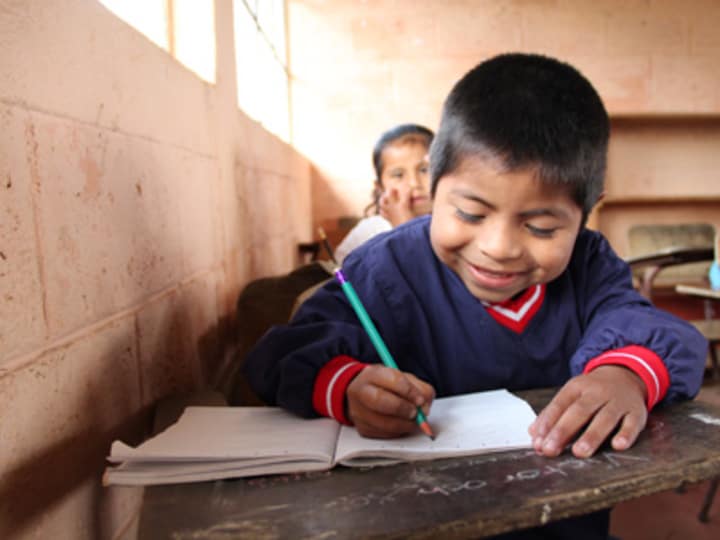
Gender parity in education is among six education goals set out in 2000 that is under threat of not being met, due to underinvestment.
A total of 164 countries pledged to achieve gender parity in primary education by 2015 in Dakar, Senegal. But 68 countries remain short of the goal just three years before the deadline. Angola and Eritrea have, in fact, “gone backwards,” according to the Education for All Global Monitoring Report 2012.
As is often the case, girls are the most disadvantaged in these countries, although improvements have been made in recent years: The number of countries where girls face a severe disadvantage has dropped to 17 in 2010 from 33 in 1999. In addition, there is now only one country where girls face an extreme disadvantage in primary education: Afghanistan.
The Asian country, however, has made “great progress in recent years,” the report notes.
Such improvements could be attributed to some governments, donors and nongovernmental organizations’ heightened focus on girls, which are often the disadvantaged group in most settings. But this does not apply in all cases.
Boys are at a disadvantage in more than half of the 97 countries affected by gender disparity in secondary education, according to the report. Most of them are located in Latin America and the Caribbean, East Asia and the Pacific, and in Bangladesh, Myanmar and Rwanda.
A number of factors drive this surprising disparity: poverty, labor and teachers’ attitudes. The gender gap on learning outcomes has also been widening, according to the report. While boys have the advantage in math, “there is some evidence that the gap may be narrowing,” according to the report.
“[Education for all] will not be achieved unless equal attention is paid to all goals,” the report notes, putting particular attention on adult literacy, and early childhood care and education, which continue to plague millions worldwide.
Increasing donor and government spending on education is key to meeting the goals. The report does note that “money alone will not ensure that the EFA goals are reached,” although “less money will certainly be harmful.” Ensuring effective spending of aid, and looking into other potential sources of finance, such as the private sector, are equally important, according to the report.
Read more development aid news online, and subscribe to The Development Newswire to receive top international development headlines from the world’s leading donors, news sources and opinion leaders — emailed to you FREE every business day.




